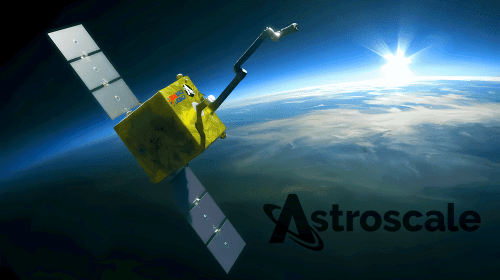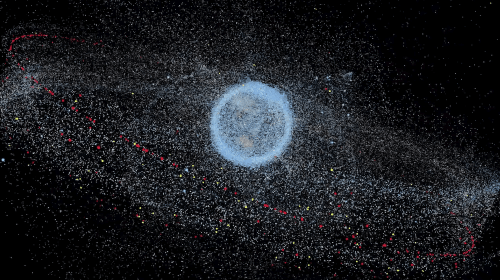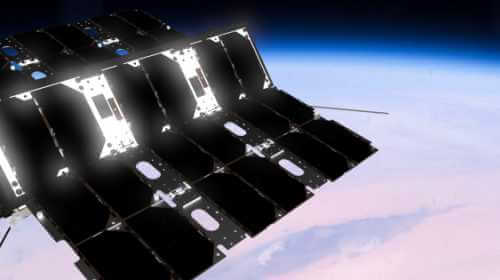New Era of Stratospheric Communications
Jul 24, 2020
So was it A Looney Idea? In February 2018 we looked at Project Loon, a High Altitude Platform System(HAPS), that leverages weather balloon technology to put “floating cell towers” in the stratosphere. Theidea is to place a fleet of balloons, at approximately 20 km (12.5 miles) above the earth and deliver 4Gcellular service to underserved subscribers below. Using LTE smartphones, subscribers would be able toaccess the internet and make phone calls.The Loon solution has been used to deliver LTE cellular service to disaster victims in Puerto Rico,following Hurricane Maria, and in Peru following an 8.0 magnitude earthquake. Now deployment isstepping up in a major way, to offer services in Kenya.
What is Loon?
The basic concept introduced by Loon LLC, anAlphabet Inc. subsidiary (parent companyGoogle), is to launch multiple balloons and takethem up to the stratosphere, well out of reach ofcommercial air traffic. Using sophisticatedalgorithms, the navigation system gathersmeteorological data from around the globe anduses air currents flowing in various directions, toguide the balloons to the location where they areto provide service, and then to essentially floatthem back and forth by raising and lowering theminto the appropriate air current, so as tocontinually provide service in a particular region.New technology had to be developed to managethese “floating cell towers.” Typically, a celltower is fixed in place, and determining therouting to get user traffic from cell tower to celltower to backbone is a straightforward job.However, in the case of Loon balloons, they arefloating around within a general area with theirrelative positions to each other constantlychanging. Fastest route information is continuallychanging. Artificial Intelligence technology isbeing used to route traffic using the mostoptimum path, given the constantly changingconditions. The software developed by Loon isbeing studied by Telesat LEO, which plans tolaunch a constellation of LEO satellites tocompete with SpaceX, OneWeb and others, as LEO constellations face a similar issue. While LEOsatellite trajectories are stable, unlike the balloons, the satellite positions relative to each other areconstantly changing, which means constant updating of best route paths in a mesh network is required.
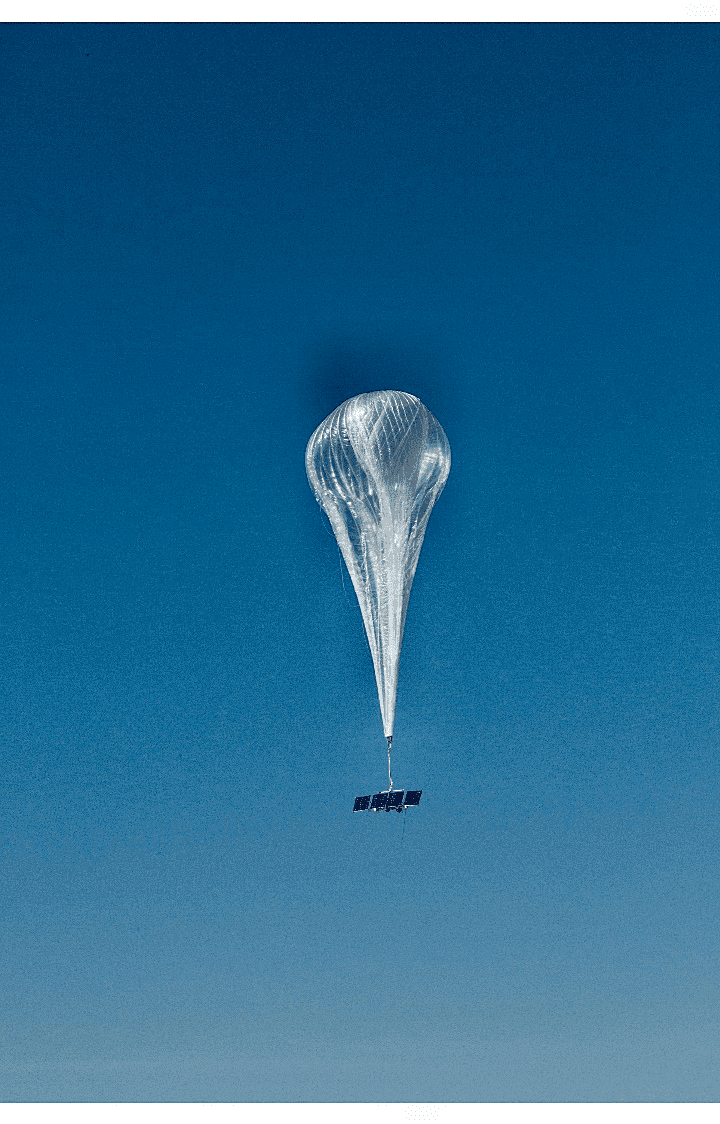 Source: Loon
Source: Loon
In operational mode, a Loon can be actively servicing subscribers, operating as a feeder link in the meshnetwork to beam internet to other Loons, or in a state of repositioning itself to return to the coverage area,as air currents move it out of the region. This creates quite a complex orchestration of dancing balloonsto deliver services, and indeed there are times when stratospheric winds, or restricted airspace that candelay launches of new balloons, or other impediments may limit the ability to service an intended regionwithout interruption. However, this also makes the Loon solution extremely flexible. It is not easy tomove a terrestrial cell phone tower to a location where it is needed, such as in response to a naturaldisaster. With Loon, floating cell towers can be activated, as they were in Peru, within 48 hours of thelarge earthquake. The flexibility of being able to place capacity where it is needed for seasonal orfluctuating subscriber demand opens opportunities for the mobile operators Loon partners with. Theynow have a path to deliver services on an as-needed basis, creating new markets.
The Loon flights begin from launch sites in Puerto Rico or Nevada. The Loon flight system is loaded ona special cart as part of the launch system. Three wind walls are rotated so the balloon, sheltered from theelements, drifts out downwind as it is released. The balloon is filled with a lighter than air gas andundergoes a series of preflight checks. Following coordination with air traffic control, the Loons arelaunched in a repeatable, safe manner. The system permits scaling to many launches, and the safetychecks and procedures ensure that the flights can fly for hundreds of days.As mentioned, the flight vehicles are launched from Nevada or Puerto Rico. The software automationbuilds a map based on numerical weather forecasts by weather centers around the world. Thisinformation is assimilated and used by models to create ever-changing global estimates of how long itwill take to reach the destination, from everywhere in the stratosphere. The map essentially tells the flightsystem whether it is moving closer to, or further away, from the goal, and at what speed. When it comes to Loon, the shortest distance is not a straight line between two points, but a meandering path that followsair currents to get to the destination. A navigation system analyzes the winds around each of the balloonsminute by minute to ensure that they are always moving towards the goal. The many small steps inguiding the balloons result in successful journeys of thousands of kilometers. Because the winds in thestratosphere are constantly changing, no two journeys will be the same. Some flight systems will crossover central Africa, others may take trans-Pacific flights, some may dip below Africa and come back upvia the Indian Ocean. The automation software optimizes first for safety and second for travel time. Itmonitors the weather and “reasons” about how to avoid harm should a problem arise. Large amounts of telemetry are processed every minute to ensure proper operation and mission safety.
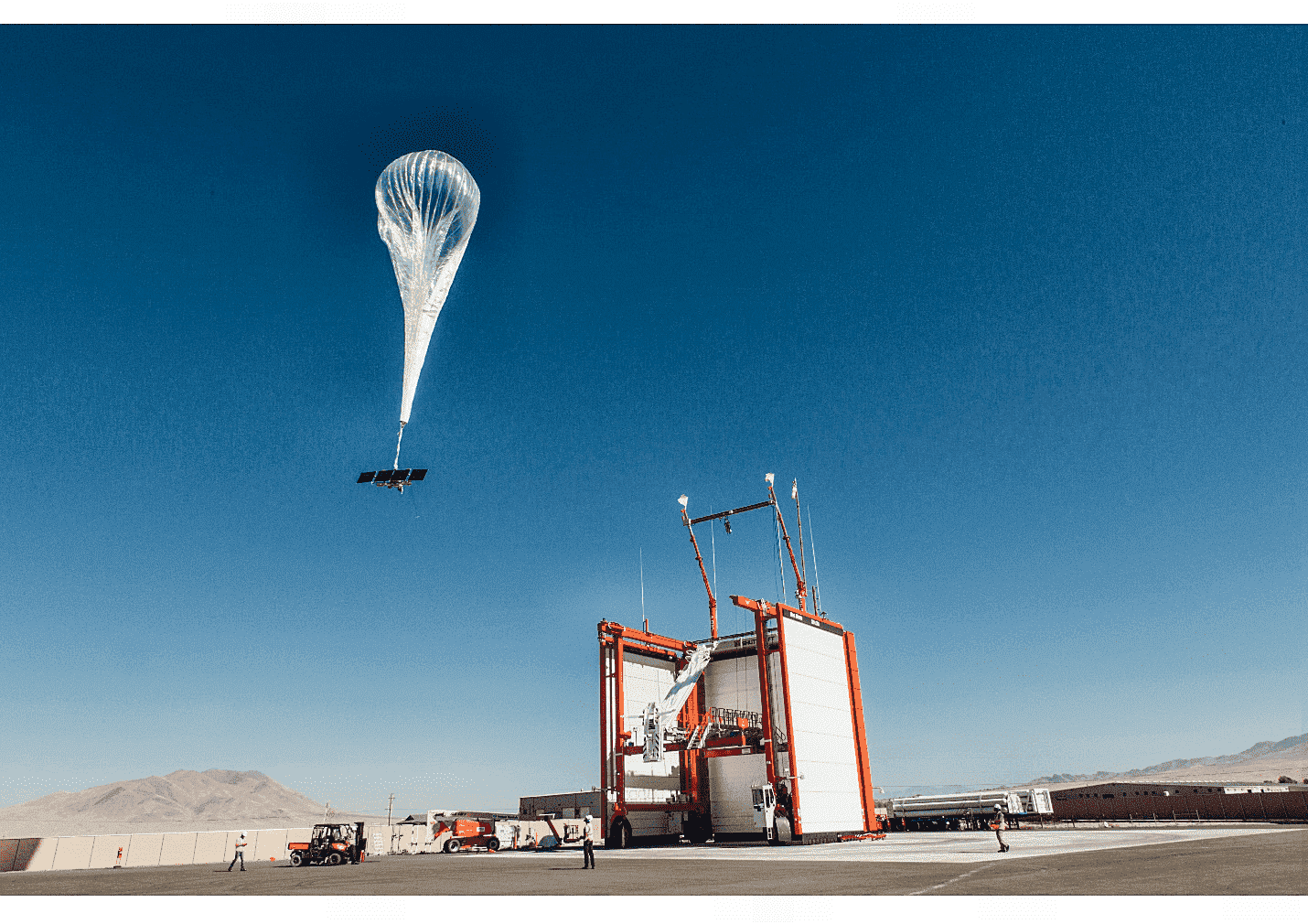 Source: Loon
Source: Loon
Loon in Kenya
As Loons begin to arrive in Kenya, they will engage in a carefully choreographed dance. Machinelearning-driven navigation algorithms coordinate all the movements, as the balloons maneuver viavariable air currents, to maximize the number of people they can connect to throughout the day. Thetiming for this project could not be better, what with the Covid 19 pandemic causing Kenyans, likeeveryone else, to physically distance from friends, family, and business colleagues. In this age of socialdistancing, the need for being online and connected is more critical than ever.According to Alastair Westgarth, CEO of Loon, LLC, “In Kenya, our initial service region spans nearly50,000 square kilometers across western and central parts of the country, including the areas of Iten,Eldoret, Baringo, Nakuru, Kakamega, Kisumu, Kisii, Bomet, Kericho, and Narok. To cover this area,we’ll utilize a fleet of around 35 or more separate flight vehicles that are in constant motion in thestratosphere above eastern Africa. As we continue to add balloons to achieve this target fleet size in thecoming weeks, service availability will become more consistent.” The early test results in June 2020were quite positive. A maximum uplink speed of 4.74 Mbps and downlink of 18.9 Mbps was achieved,with a latency of 19 milliseconds. The service has supported typical internet applications such as voiceand video calls, YouTube, WhatsApp, email, texting, browsing, etc.”
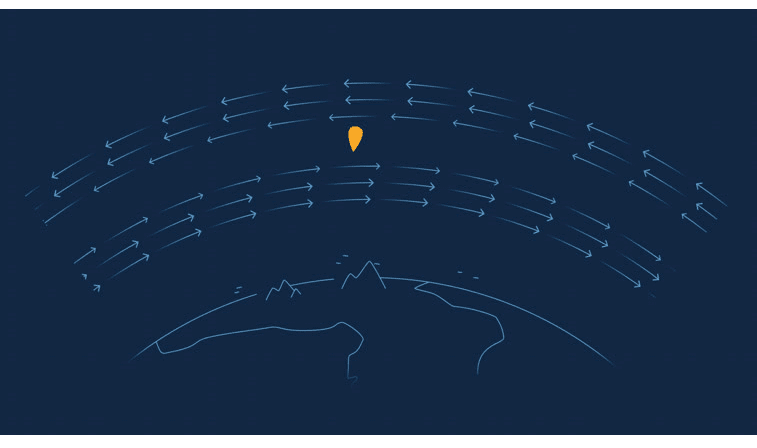 Source: Loon
Source: Loon
Loon provides the platform for communications, but they do not actually deliver the subscriber services.Instead, Loon partners with local operators to deliver the services. In the case of Kenya, Loon haspartnered with Telkom Kenya, one of the largest ISPs in the region. Kenya’s President Uhuru Kenyattaapproved the project, proclaiming that the 4G balloons will enable Kenya to “retain its competitiveadvantage,” in technical innovation. So far at least 35 balloons have been launched and are making theirway towards Kenya. It is anticipated that the floating cell towers will connect over 35,000 Telkom usersto the internet, bringing WhatsApp and video streams to Kenya’s remote towns. Kenya is well ahead ofmany of its African neighbors, what with 80% of 48 million people already online, and the Loon’sstratospheric communications solution is poised to increase the number of connected Kenyans.Does Loon plan to directly compete with satellites and terrestrial solutions that also offer service? Loon’sAllastair, thinks not. He notes that providing internet access to 3.8 billion people, nearly half ofhumanity, has been a tough problem to solve. Unexpectedly, there has been a dramatic slowdown in thegrowth of internet access, from 19% in 2007 to 6% in 2018, and this is happening just as demand forconnectivity is growing exponentially. Allastair believes a multi-layer solution is required, with a placefor satellites in both GEO and Non-GEO configurations contributing two layers, and Loon providing athird layer, geared towards individual users, rather than larger organizations that will still require thehigher bandwidth rates offered by satellite. Allastair says, “We envision a similar, layered approach toconnecting the world. Terrestrial, stratospheric, and space-based technologies will all work together toserve different parts of the globe and use-cases. The key will be coordinating these various solutions, sothey provide a seamless connection. With the technologies we’ve built, Loon is well positioned to playthis role and serve as the operating system for the global connectivity ecosystem of the future.” So, is it a “looney idea?” Maybe not so much…


